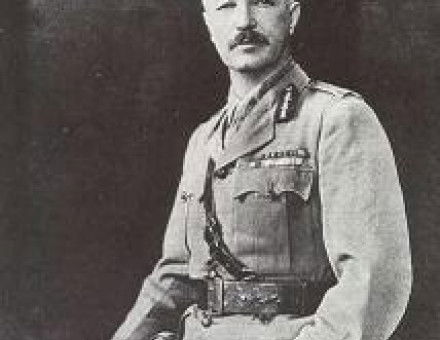Volume 13 Issue 10 October 1963
Simonds D’Ewes’ record of his personal experiences gives us a vivid picture of University life at the beginning of the seventeenth century, as seen by a devout young Protestant with “an insatiable appetite for sermons.” By Meyrick H. Carré.
Resolved to examine the prospect before his younger brother emigrated, Shirreff undertook an arduous perambulation of the United States and Canada. G.E. Mingay describes events.
British missions to the Chinese Court had already run into many grievous difficulties. When a mission was despatched to Burma, writes Mildred Archer, they found their problems no less irksome.
Early in December 1854, a group of miners, led by a hot-headed Irish rebel, defied the forces of the Australian Government. For many Australians, writes T.R. Reese, this gallant but hopeless gesture still symbolizes democracy’s unending struggle to preserve the freedom of the common man.
Bernard Lovell introduces a particularly striking figure in the history of science, Tycho Brahe. This princely astronomer, whose observatory took the form of a fantastic castle, made the series of precious observations from which Kepler evolved his three great laws of planetary movement.
S.G.F. Brandon explains how the images of angelic ministrants that play so large a part in Christian symbolism were derived by European painters and sculptors from the religious conceptions of the ancient Near East.
Few incidents in the British rule of India have given rise to more acute controversy than Dyer's drastic action at Amritsar on April 13th, 1919.



